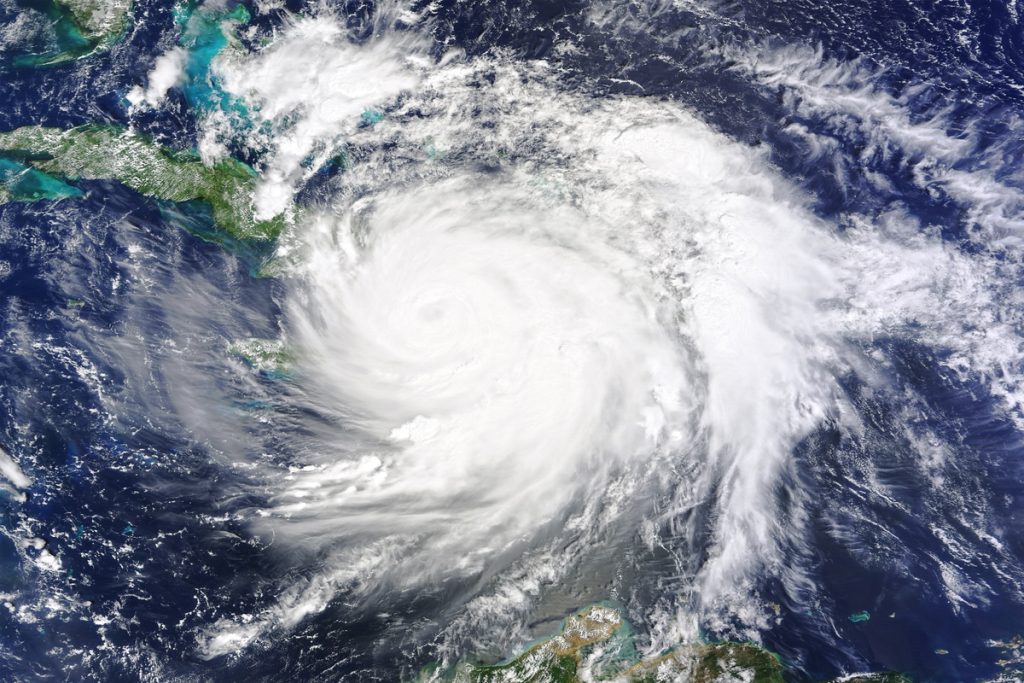
Fierce winds peeled roofs off homes like paper, and high waves swallowed whole streets. Hurricane Melissa, now the strongest ever to have hit Jamaica, has killed at least 28 people, officials said, warning the number may rise as rescue teams reach more isolated communities. The unprecedented strength of this storm is shattering infrastructure, severing communications, and sending much of the island into darkness.

1. Destruction Unparalleled in Jamaica
Melissa made landfall on Jamaica’s western coast, with sustained winds of 185mph-a force capable of catastrophic damage. Black River and Montego Bay were the hardest hit, with buildings razed, debris scattered across streets, and neighborhoods submerged under floodwater. Prime Minister Andrew Holness declared the nation a disaster area and called for attention to be turned toward clearing debris and restoring power and other essential services. The Red Cross reports 72% of Jamaicans remain without electricity, and around 6,000 people are sheltering in emergency facilities.
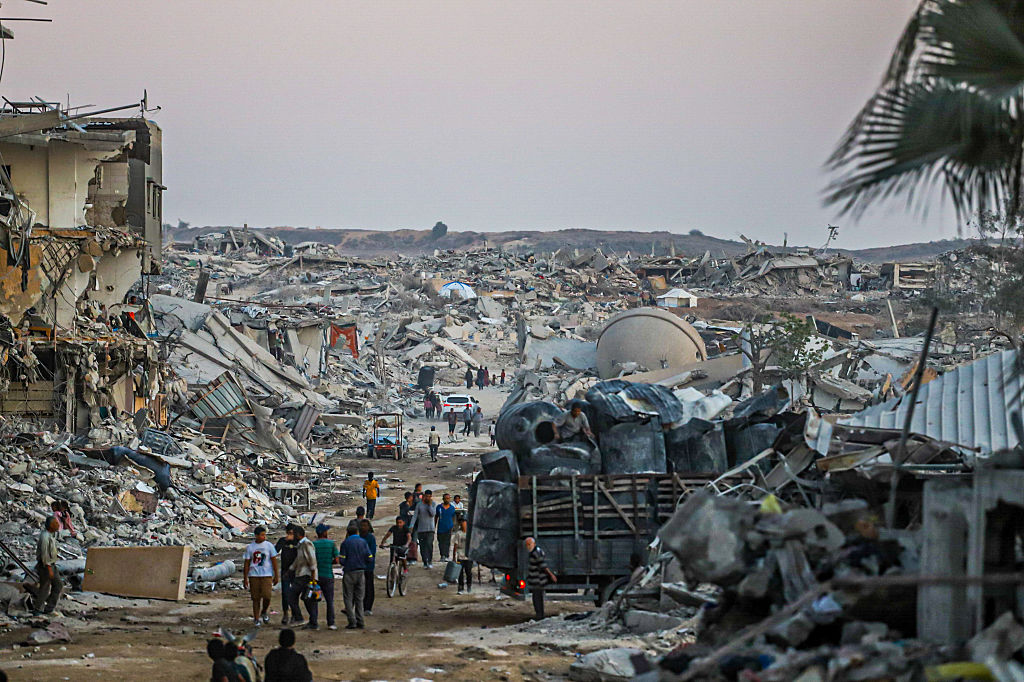
2. Relief Efforts Impeded by Blocked Roads, Damaged Infrastructure
Even after the airports reopened, blocked roads, downed power lines, and landslides have kept most aid from getting through. In Westmoreland Parish, where ten confirmed deaths have taken place, residents armed with machetes cut their way through thick branches to clear paths for convoys of aid. Gary Williams said promised aid “they no turn up,” a sentiment echoed by many waiting for relief after losing his home.
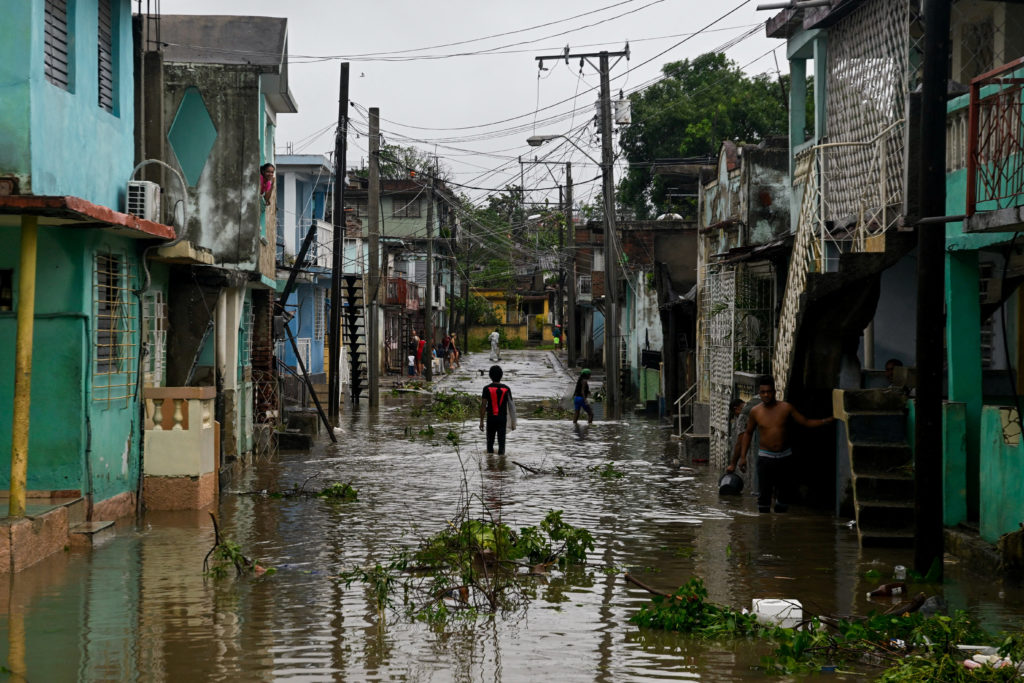
3. Impact Outside of Jamaica
Melissa left a trail of destruction from Haiti, where at least 31 people have died, to the Dominican Republic, which has also reported two fatalities. In Cuba, more than 60,000 homes were destroyed or damaged, and more than 735,000 people evacuated. The Bahamas also saw dangerous storm surges and flooding after mandatory evacuation orders for six islands.

4. Climate Change and Rapid Intensification
Scientists say warmer oceans and atmospheres fuel storms like Melissa. “We’re living in a warmer world, and that means hurricanes are more likely to intensify quickly, especially near coastlines,” said Bernadette Woods Placky, with Climate Central. One recent study found Atlantic hurricanes now are more than twice as likely to jump from minor storms to major hurricanes within 24 hours compared to 50 years ago.
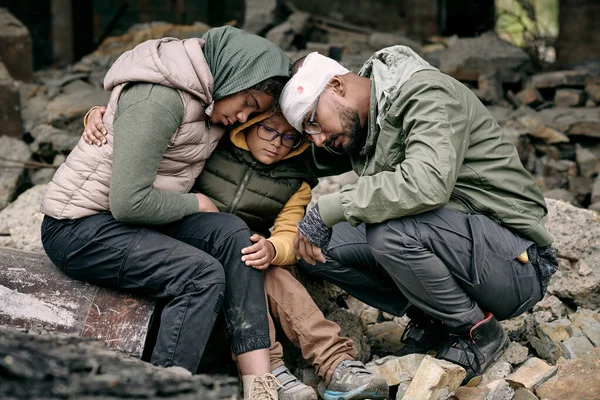
5. Emotional Toll and Community Resilience
The destruction has left survivors with grief, uncertainty, and loss. The American Psychological Association said anxiety, disruptions in sleep, and the heightened sensitivity to environmental triggers remain common reactions. But resilience was evident. “We have to give God thanks we’re alive,” said farmer Oreth Jones, selling the last of his produce from a farm that has been destroyed. That kind of optimism, experts say, is crucial to recovery.

6. Coping Strategies for Survivors
The mental health experts suggest that survivors give themselves time to adjust, talk to family and friends, and return to their routines. Eating correctly, resting, and avoiding alcohol can reduce tension. Support groups led by professionals provide understanding shared by members, rather than isolation.

7. Constructing Readiness for Coming Storms
Caribbean nations are considering community-based disaster preparedness. The International Organization for Migration has begun to preposition tents and solar lamps in Barbados, among other essential relief items, so that response times will be shortened. Regional experts also called for a standing disaster response corps, closer coordination between governments, and involvement of the private sector to extend emergency support to employees and communities.
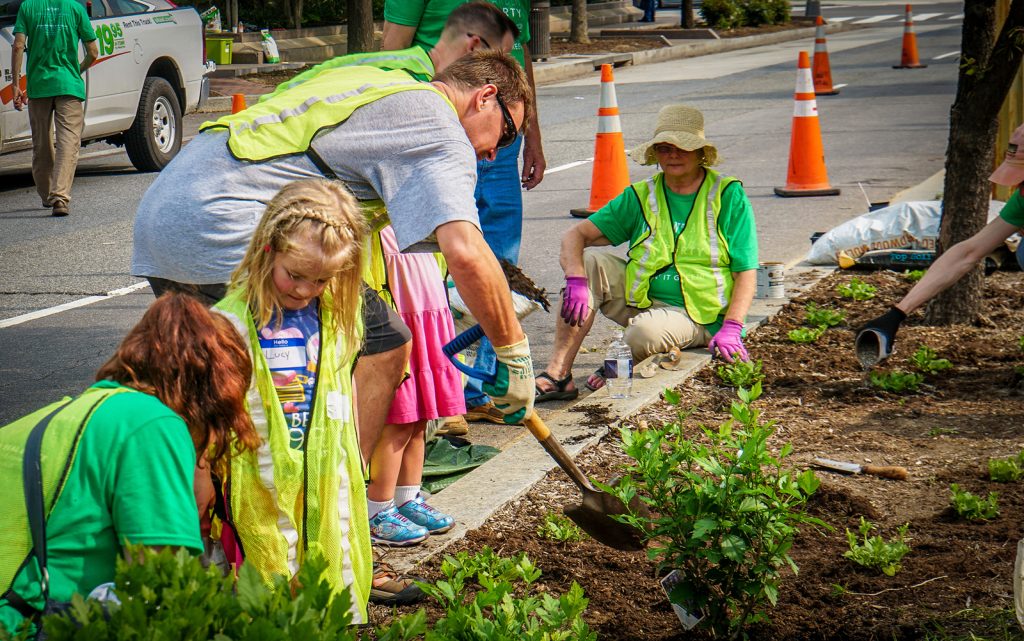
8. Global Call for Climate Action
Anne Rasmussen with the Alliance of Small Island States urged decisive action to limit warming at 1.5°C and warned that without such action, storms like Melissa would become more frequent and intense. “This trauma should not be anyone’s norm,” she said, adding how small island nations-the ones least responsible for climate change-continue to bear the disproportionate impact.
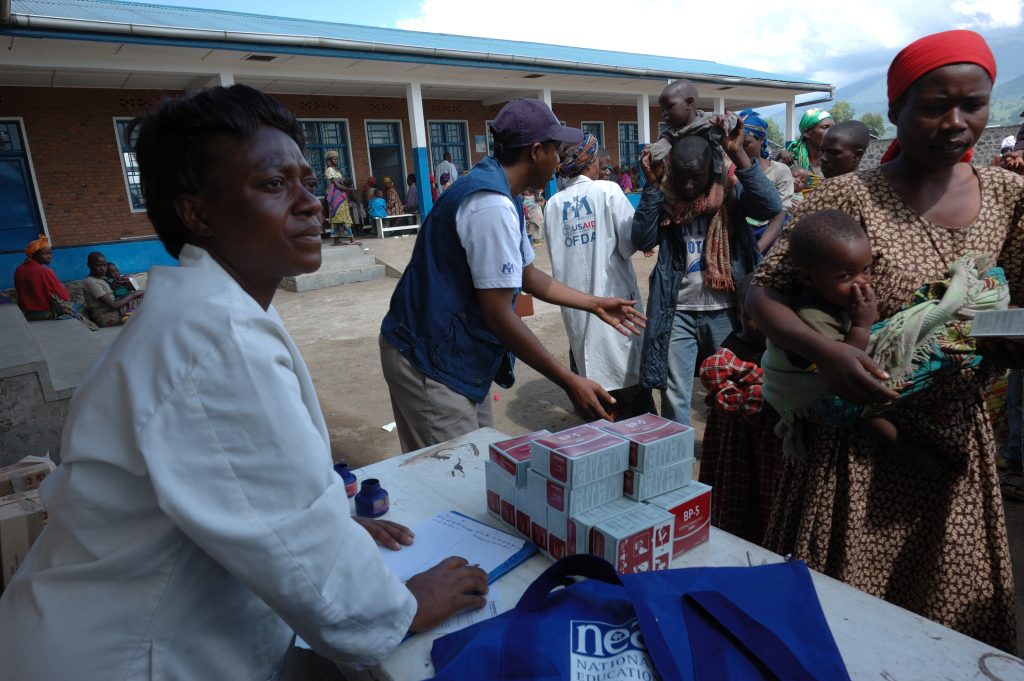
9. Mobilization of International Aid
Foreign governments have pledged millions in relief. The US State Department has deployed search-and-rescue teams, while the UK committed £2.5 million in emergency funding. China has shipped hundreds of “family kits” to affected areas. Jamaica’s official relief website now provides updates on flooding, blocked roads, and shelter locations, in a bid to help connect survivors with lifesaving resources. Even in the ruins, the Jamaican spirit remains unbroken-a stoic reminder that resilience is not simply about surviving the storm, but about rebuilding stronger in its aftermath.


